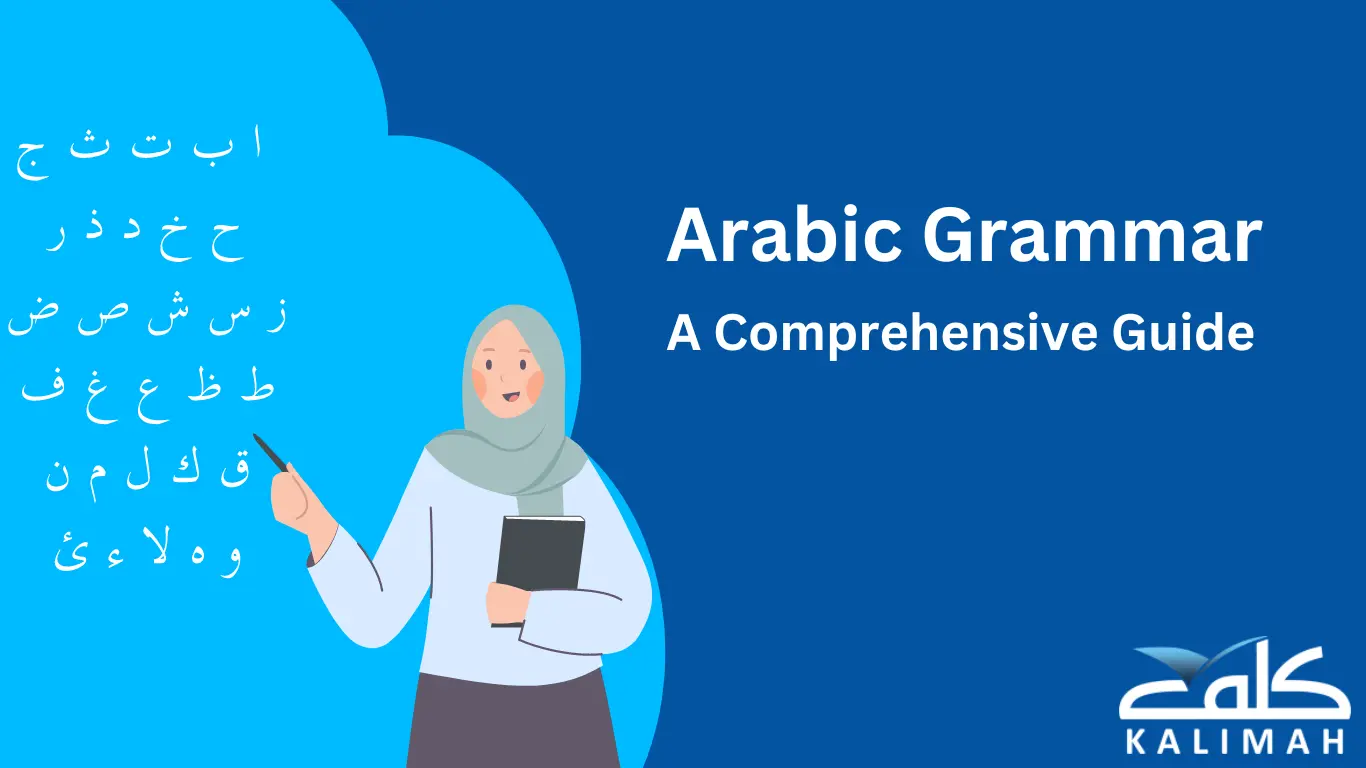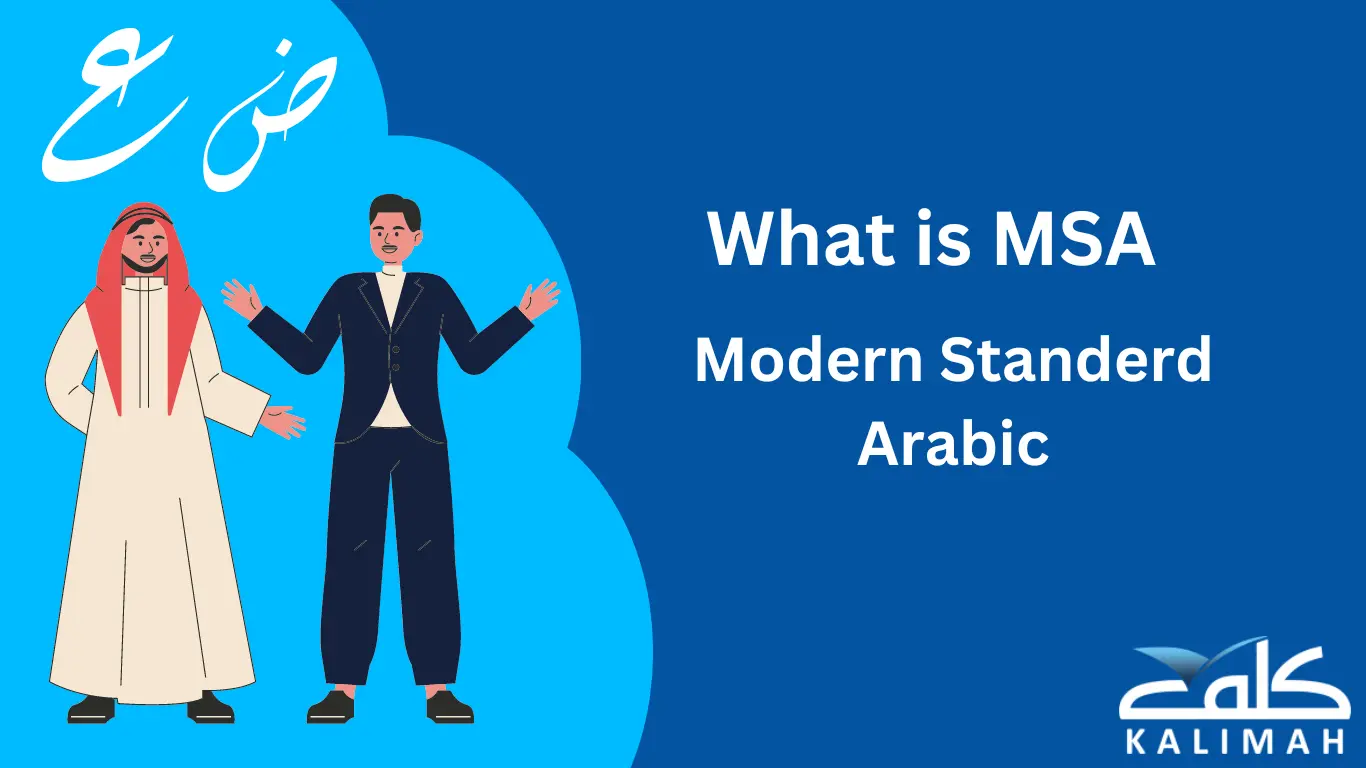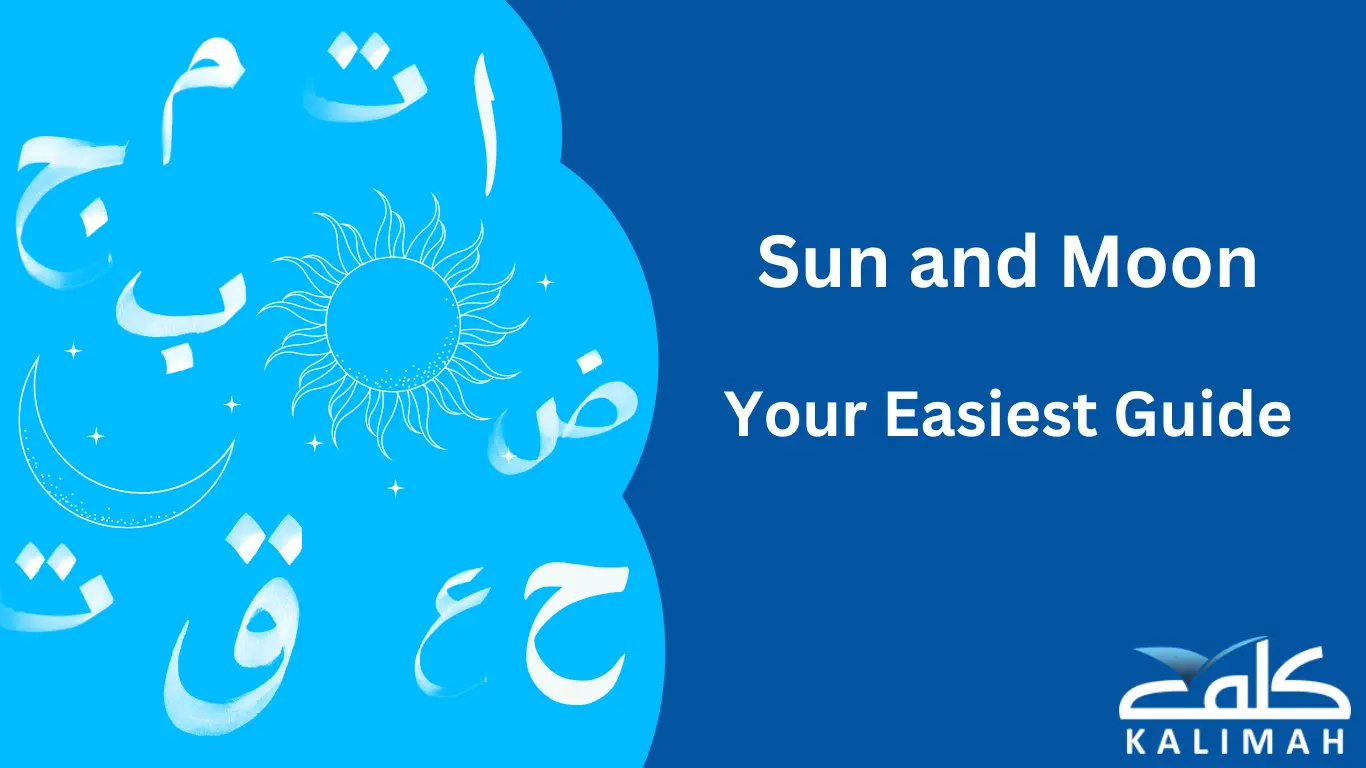Arabic is a rich language. One of the reasons for its richness is its diacritical marks and diacritical marks mean any mark or sign we add above letter. In Arabic, we have many diacritical marks such as Fattah(َ) Dammah(ُ), or Kasrah ِ)). One of the most important signs in the Arabic language is Shaddah. So, let’s have a look at this fascinating sign.
What is Shadda in Arabic?
Shaddah شَدّة is one of diacritical marks that is used with the Arabic alphabet. The Shaddah refers to a geminated or doubled consonant. You can see the Shaddah sign as the following shape ( ّ, ) so it looks like a tiny س (seen) placed above the letter.
Shadda is shaped by bringing together two of the same letters: the first one is with Sukoon and the second one with a vowel. It is recited with emphasis. For example, in the word عمْمَ , there are two م (meem) and they have come right next to each other. The first one comes with Sukoon, the second with a short vowel, so they are written as one Meem with a Shadda above عمَّ (amma) and recited with emphasis. Transliteration: the first one is ‘am-ma,’ and the second is ‘ammma’.
The rules of Shadda
Here are some rules of Shadda in the Arabic language:
- We use Shaddaa when two of the same consonant letters come together in a word. For example, in the word إنْ نَ , there are two ن (noon) and they have come right next to each other. The first one comes with Sukoon, the second with a short vowel, so they are written as one noon with a Shadda above إنّ and recited with emphasis. Transliteration: The first one is ‘in-na,’ the second is ‘innna’.
- We can’t start a word with a letter with Shadda. So, I can’t say رّجم.
- When Shadda joined with Fattah and Dammah, we wrote them above the letter with Shadda. However, When Shadda joined with Kasrah, we write the Kasrah under the letter and Shadda above it. For example, the word سُكَّرْ (sokkr) which means (sugar) has Shadda with Fattah above the letter, and word يَدُقُّ (ydokko) which means (knock) has Shadda with Fattah above the letter. Unlike the word رَبِّ (rabbi) has the Kasrah under the letter.
- When ن (Noon) and م (Meem) has a Shadda, hey are given more of a Ghunna sound than other letters. Ghunna is a sound produced entirely from the nose (nasal passage). It is almost a sound like a hmm. The duration of this sound is 2 counts.
Shadda for Consonant doubling
The main goal of Shadda is to indicate the double consonant sound in one word.
So, when we use Shadda that means that the consonant is doubled. For example, in the word جَهَنْنَمَ, there are two ن (noon) and they have come right next to each other. The first one comes with Sukoon, the second with a short vowel, so they are written as one Faa with a Shadda above جَهَنَّمَ (ghannem)and recited with emphasis.
Shadda for identical letters
We use Shaddaa when two of the same consonant letters come together in a word. So, when we use Shadda that means that consonant is geminated. For example, in the word تُفْفَاحَة, there are two ف (faa) and they have come right next to each other. The first one comes with Sukoon, the second with a short vowel, so they are written as one ف (faa) with a Shadda above تُفَّاحَة and recited with emphasis.
The Shadda also doubles the consonant and retains its vowel or Tanween. For example, in the word سِرْرٌ, there are two ر (raa) and they have come right next to each other. The first one comes with Sukoon, the second with tanween (double Dammah), so they are written as one ر (raa) with a Shadda above سِرٌّ (serron) and recited with emphasis.
Here is other example for the same rule:
شَرْرٌ—————–شَرٌّ
We can see the Shadda at level of the phrase. For example, look at following the sentence لَنْ نَلعب اليوم (lan nalaab al youm) you will find the last letter of first word is the same one of the first letter of second word, The first one comes with Sukoon, the second with a short vowel, so they are written as one ن (Noon) with a Shadda above لَن نّلعب اليوم and recited with emphasis.
Here is other example for the same rule:
رَبِحَتْ تَجَارَتُهُمْ————— رَبِحَت تِّجَارَتُهُمْ
Shadda for the sun letters
In Arabic, we have Moon letters and Sun letters. Sun letters are 14 in number:
ت، ث، د، ذ، ر، ز، س، ش، ص، ض، ط، ظ،ن، ل
As we have said that, Shadda is a diacritic in Arabic that indicates the doubling of a consonant. You can see the Shaddah sign as the following shape ّ, so it looks like a tiny س (seen) placed above the letter. When Shadda is used for the sun letters, it suggests that the consonant is assimilated with the subsequent ل (laam) and we don’t pronounce the ل (laam). For example, الشّمس ) ash-shams), السّماء (as-samā’) and الّرّجل(ar-rajul).
Shadda of phonetically similar/adjacent consonants
Sometimes we have phrase consisting of two words and the last letter of the first word and the first letter of the second word, and they are phonetically similar to each other when you pronounce them for example, قدْ تَقطع ( qad taktaa), the first letter which is د (daal )comes with Sukoon, the second with which is ت (taa) comes a short vowel, so when we pronounce them they become one and we pronounce it with Shadda قد تّقطع.
Here are other examples for the same rule:
هلْ رَبح—————هل ربّح
قدْ تَكلم—————قد تّكلم
وَقُلْ رَبِّ————– وَقُل رَّبِّ
Sometimes the first word comes as a preposition. For example, أنْ يَذهب , you will see the first word, which is a preposition, ends with Noon Sakina (نْ) which is assimilated to the following letter ي (yaa) and changed it into a double sound أن يّذهب (ayythhba). The second word always starts with one of the letters(ي- ر-م- ل- و- ن).
Here are other examples for the same rule:
أنْ يَسمع—————– أن يّسمع
أنْ نَجَمَع—————— أن نّجمع
You also can see it with Tanween. For example, نعمةً مِن. So, the Tanween is assimilated to the following letter and changed it to a double letter نعمةً مِّن .
Here are other examples for the same rule:
غَفُورٌ رَحِيمٌ——————- غفورٌ رَّحِيمٌ
رَجُلٌ مُؤَدَبّ—————َرجُلٌ مُّؤَدَبّ
Shadda in Verb Conjugation
Some verbs in Arabic end in a double letter. For example, (عضَّ ) addaa, (ظَنَّ) (thanaa), (اسْتَعَدَّ) (aestadda), (اسْتَمَرَّ) (astamraa). When these verbs are with some pronouns, the doubled letter has to be repeated twice, but with others, it remains one letter with Shadda. To make it simple, let’s see some examples of doubled verbs conjugated in the past tense with pronouns with two words ( أحسَّ- عضَّ)
| Meaning | Word | Meaning | Word | Pronoun |
| to bite | عضَّ(adda) | to feel | أحسَّ(ahassa) | |
| I bit | عضضدتُ(addadtu) | I felt | أحسستُ (ahsastu) | أنا I |
| you bit | عضضدتَ(addadta) | you felt | أحسستَ(ahsasta) | أنتَ you (masculine singular) |
| you bit | عضضدتِ (addadti) | you felt | أحسستِ(ahsasti) | أنتِ you (feminine singular) |
| he bit | عضَّ(adda) | he felt | أحسَّ (ahassa) | هو he |
| she bit | عضّت(addat) | she felt | أحسّت(ahsasat) | هي she |
| they bit | عضّا (addaa) | they felt | أحسّا(ahsasaa) | هما they (masculine plural) |
| they bit | عضّدتا (addadta) | they felt | أحسّتا (ahsasta) | هما they (feminine plural) |
| we bit | عضضنا(addadna) | we felt | أحسسنا(ahsasna) | weنحن |
| you bit | عضضتُما (addadtuma) | you felt | أحسستُما(ahsastuma) | you (dual masculine and أنتما feminine) |
| you bit | عضضتم(addadtum) | you felt | أحسستم(ahsasttum) | you (masculine plural)أنتم |
| you bit | عضضتنّ(addadtunna) | you felt | أحسستنّ(ahsasttunna) | you (feminine plural) أنتنّ |
| They bit | عضّوا(addawa) | they felt | أحسّوا(ahsasu) | they (masculine plural) هم |
| they bit | عضضنّ(addadtunna) | they felt | أحسسنّ(ahsastunna) | they (feminine plural)هنّ |
Learn more about: Arabic Verb Conjugation And How To Conjugate Verbs
Learn Arabic online with Kalimah Academy!
Learning Arabic grammar has never been easier. Thanks to the help of Kalimah native Arab tutors, you can now learn Arabic online in an interactive and motivating way. Join our Arabic online course now and enjoy your free trial session.
🚀 Start Your Free Trial Today! 🚀
Don’t miss out on this life-changing opportunity to deepen your faith and knowledge. Sign up now for your free trial and take the first step towards becoming a better practicing Muslim with Kalimah Center!
FAQs
What does Shadda mean in the Quran?
When you see Shadda in the Quran that means you must pronounce the letter with double sound. In addition, Shadda is included in many rules in the Quran. For example, we you see the letter ن (noon) or م (meem) have Shadda you must do Gunnah with 2 counts. For example, in the words إنَّ (inaa) and عَمَّ (amma) both of the letter ن (noon) or م (meem) have Shadda. So, I must do Gunnah with 2 counts.
How do you add Shadda in Arabic?
To add Shadda in Arabic, do the following steps:
- Write the consonant you want to double.
- Place the Shadda above this consonant.
For example, I want to add Shadda in the letter ر in the word فرق, it will be فَرَّقَ (farraq)
How to write the Shadda on the keyboard?
If you want to write Shadda on the keyboard, you can do the following methods:
For window: You will first write the consonant you want to double. Then, you press SHIFT+ ~ (tilde key).
For Mac: You will first write the consonant you want to double. Then, you press OPTION+ “ key (the apostrophe key)















